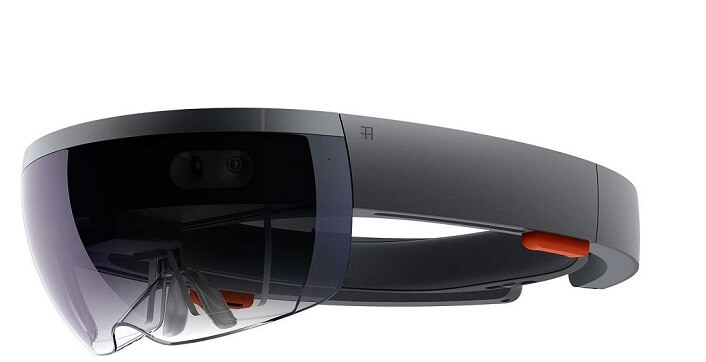

Applications running in the emulator respond like they would on a real device.

Your actions move the simulated user around the environment. You control the emulator by directing the actions of a simulated user by wearing a HoloLens. Input options are available for using the keyboard, mouse, or Xbox controller. Basic emulator inputĬontrolling the emulator is similar to many common 3D video games. We recommend that you keep the emulator open during your debugging session, so that you can quickly deploy applications to the emulator. The emulator may take a minute or more to boot when you first start it. Go to Debug > Start Debugging or press F5 to launch the emulator and deploy your application for debugging.Select the HoloLens Emulator version you want as the target device for debugging.For the HoloLens 2 Emulator, ensure that the Platform is set to x86 or 圆4. For HoloLens Emulator (first gen), ensure that Platform is set to x86.When using Unity, build your project from Unity and then load the built solution into Visual Studio, as usual. Load your application solution in Visual Studio.Go to Control Panel -> Programs -> Programs and Features -> Turn Windows Features on or off and check that Hyper-V is selected. If your system meets the requirements listed above, ensure that the "Hyper-V" feature has been enabled on your system. The emulator might work with an unsupported GPU, but will be slower.
#Hololens emulator mac driver
WDDM 2.5 graphics driver (HoloLens 2 Emulator).WDDM 1.2 graphics driver or later (first gen).Hardware-based Data Execution Prevention (DEP).Second Level Address Translation (SLAT).In the BIOS, the following features must be supported and enabled:.CPU with four cores (or multiple CPUs with a total of four cores).
#Hololens emulator mac update
The HoloLens 2 Emulator requires the Windows 10 October 2018 update or later. Windows 10 Home Edition does not support Hyper-V or the HoloLens Emulator.


 0 kommentar(er)
0 kommentar(er)
